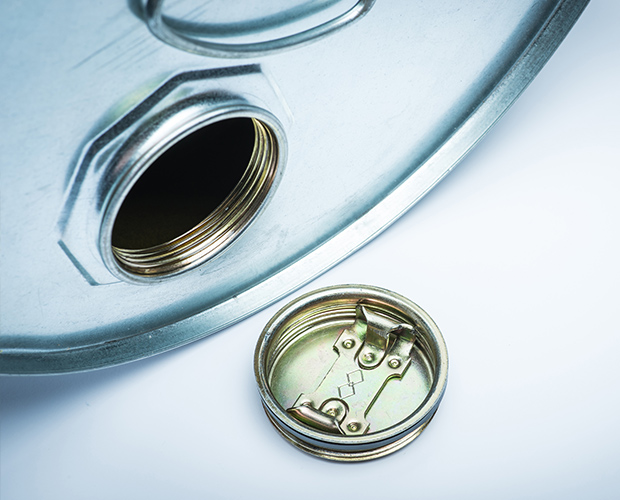Dangerous goods regulations
In Germany, the transportation of dangerous goods by road is governed by national and international regulations. An overview of the most important laws and regulations is given below.
- Regulation on the Transport of Dangerous Goods (GGBefG)
- Ordinance on the Domestic and International Transport of Dangerous Goods by Road, Rail and Inland Waterways (GGVSEB)
- European Agreement concerning the International Carriage of Dangerous Goods by Road (ADR)
- Dangerous Goods Advisor Ordinance (GbV)
- Dangerous Goods Exemption Ordinance (GGAV)
Disposal
Customs tariff numbers
What are customs tariff numbers?
In all business transactions with delivery to non-EU countries (third countries), products are identified with the customs tariff number. Based on the code, goods (services are excluded) can be clearly identified by the customs authority in almost every country, allowing customs to collect taxes or compile statistics on flows of goods. Without a customs tariff number, export (delivery) to a non-EU country is not possible. Customs tariff numbers originate from the harmonised system for the designation and coding of goods of the UN and are valid in almost all countries belonging to the World Trade Organization (WTO).
Why do I need customs tariff numbers?
If goods are to be shipped to third countries (countries outside the EU, including the so-called EFTA states of Switzerland, Norway, Iceland and Liechtenstein), German customs must be notified of this when the value of goods is above €1,000 or irrespective of the value when the weight is more than 1,000 kg with an Export Accompanying Document (EAD) and a pro forma invoice. If the value of the goods is less than €1,000 and the weight not more than 1,000 kg, the pro forma invoice with the corresponding customs tariff numbers is sufficient. The goods must be presented to the customs authority together with the documents.
In deviation to this, the so-called presentation (presentation of the material at the customs office) is possible outside the office with the permission of the responsible customs office. Please check with your local customs office for the required permits.
In which countries are customs tariff numbers valid?
The customs tariff numbers of the harmonised system (i.e. the first 6 digits) are valid worldwide.
What are commodity codes?
The commodity code is identical to the customs tariff number for the first six digits and is extended by two additional digits. It is used to encode goods in order to report the export and import of goods within the EU to the customs authorities. INTRASTAT uses the commodity code to report the quantity of goods imported or exported within the European Community.
Where can I find the customs tariff numbers for Kemper System products?
Please contact Matthias Kirst for further information (m.kirst@kemper-system.com).
Where can I find a general list of customs tariff numbers?
In the Standard International Trade Classification at www.destatis.de or at www.zolltarifnummern.de
Here you can select a customs tariff number from the list of goods on the basis of a short description. If no matching customs tariff number can be assigned, please contact your local customs office. Help with the classification can be requested there.
In general, the manufacturers tariff their products in the list of goods and can provide you with a customs tariff number for the desired product.
If you have any questions on this subject, please do not hesitate to contact our Customs and Export Control department:
You can reach Matthias Kirst by email: m.kirst@kemper-system.com or by phone on +49 561-8295-5535.


